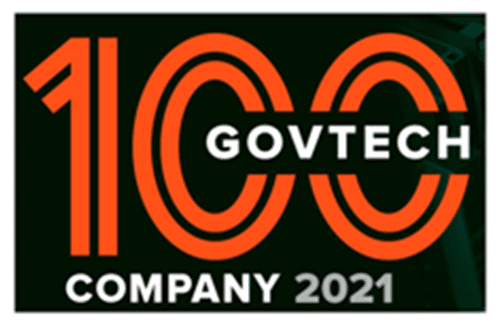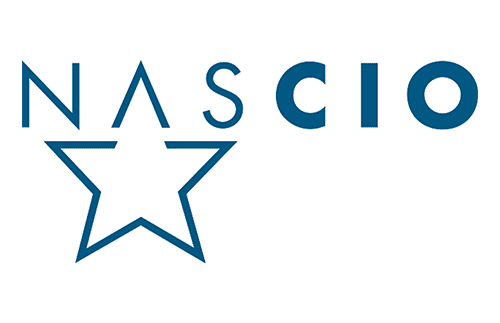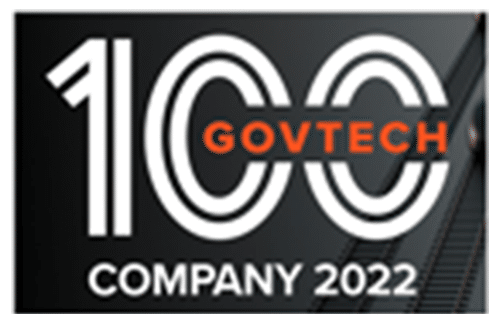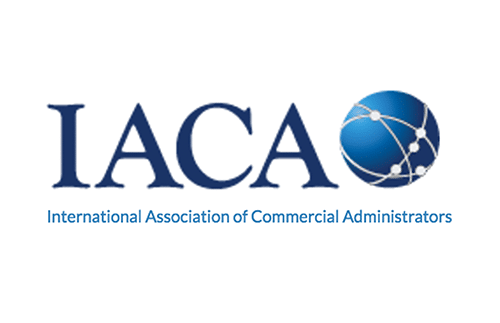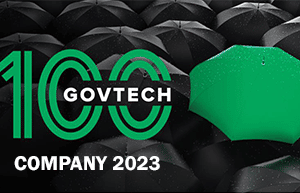The COVID-19 pandemic has created a new reality accelerating digital transformation in government to levels deemed virtually “impossible” just a few months ago.
The results our customers have been able to achieve in this new environment have been nothing short of groundbreaking: creating and launching a government online form within 48 hours; developing and launching an entirely virtual government field office within 14 days; and helping facilitate government funding of the response in record time, enabling local business to begin operating again. This advancement couldn’t come at a more critical time as governments, citizens and businesses struggle to navigate the new COVID-19 reality.
Traditionally, government IT projects that focused on streamlining and improving workflows and forms often took years to complete and could easily escalate into multi-million dollar projects, achieving mixed results. More recently, with the increasing adoption of new technologies and business models in government, projects such as workflow automation have been delivered in months rather than years.
However, the urgency generated by the COVID-19 pandemic this year forced government agencies to automate workflows and shift to online forms with integrated e-signatures in a matter of days, delivering immediate results. This unprecedented “time to value” has been uniquely made possible by SimpliGov’s digital government workflow automation platform.
The examples below provide useful context for what has been achieved using SimpliGov:
- The California Department of Motor Vehicles created a first-of-its-kind digital DMV experience for everyone in the state, launching the Virtual Field Office (VFO) solution that replaced the need to visit DMV field offices for many essential transactions. This was achieved in two weeks from concept start to initial launch.
- A county in Delaware was able to launch a fully compliant, feature-rich online form for COVID-19 expense reimbursement within 48 hours from start to finish – a process that used to be considered “fast” when done within six weeks prior to the outbreak.
- The City of San Jose set a new cloud-based, automation-first model for how government can reopen restaurants, breaking new ground for responsible, safe and organized action in line with the new normal of public health guidelines while providing badly needed support for local small businesses. The City also launched a process for accelerating the delivery of FEMA funds reimbursement during the pandemic. Both of these processes went live in less than two weeks from project conception.
The examples above demonstrate how each government chose to use the SimpliGov platform to rapidly digitize desperately needed citizen and business services.
What did all of these examples have in common? Five best practices evidenced in our daily work at SimpliGov not only noted in the customer stories above, but also in our daily work across our growing list of agency, city and county customers. Specifically:
- Digital transformation is more than just an electronic signature on an online form. It’s about the workflow, which is at the heart of a business process. Simple and intuitive workflow automation delivers immediate gains not only for constituents but also drives internal agency operational efficiency. If the focus isn’t on getting the workflow right, problems will undoubtedly surface with a forms-based or electronic signature-based approach.
- It’s best to start off a government digital transformation initiative with tactical, speedy “wins” to demonstrate immediate value and build momentum for scaling your digital transformation program. Find three to five business processes to easily automate first and create a pipeline of workflows to follow.
- Support for a device and location-agnostic access is vital because of the massive shift to remote and mobile work. This new reality is separating legacy, dated solutions from leading-edge, cloud-based SaaS technologies.
- Adopting a “no code” solution is key because extended and highly technical deployments, extensive coding and constant vendor support are no longer viable solutions or approaches. A true platform should empower a customer to move at lightning speeds, provide new opportunities for collaboration and be completely intuitive to use.
- Everything should be easily integrated, connected and seamless. If you are being asked to rip and replace existing solutions by vendors, instead of building connective tissue across the enterprise, significant challenges, costs and extended timelines are undoubtedly ahead.
While the best practices above seem intuitive, we feel they are worth highlighting based on the results we are seeing with our customers. It also shows the divide developing between legacy technologies and new cloud-based, SaaS solutions, which are enabling this rapid digital transformation in government.
We chose the name SimpliGov because we feel technology should be simple & intuitive to use and we simply focus on working with government customers. This singular focus helps drive tangible results for our customers and is accelerating digital transformation in government during a critical time.







